Peter Hilton - Play for Scala: Covers Play 2
Here you can read online Peter Hilton - Play for Scala: Covers Play 2 full text of the book (entire story) in english for free. Download pdf and epub, get meaning, cover and reviews about this ebook. year: 2013, publisher: Manning Publications, genre: Computer. Description of the work, (preface) as well as reviews are available. Best literature library LitArk.com created for fans of good reading and offers a wide selection of genres:
Romance novel
Science fiction
Adventure
Detective
Science
History
Home and family
Prose
Art
Politics
Computer
Non-fiction
Religion
Business
Children
Humor
Choose a favorite category and find really read worthwhile books. Enjoy immersion in the world of imagination, feel the emotions of the characters or learn something new for yourself, make an fascinating discovery.
- Book:Play for Scala: Covers Play 2
- Author:
- Publisher:Manning Publications
- Genre:
- Year:2013
- Rating:3 / 5
- Favourites:Add to favourites
- Your mark:
Play for Scala: Covers Play 2: summary, description and annotation
We offer to read an annotation, description, summary or preface (depends on what the author of the book "Play for Scala: Covers Play 2" wrote himself). If you haven't found the necessary information about the book — write in the comments, we will try to find it.
Summary
Play for Scala shows you how to build Scala-based web applications using the Play 2 framework. This book starts by introducing Play through a comprehensive overview example. Then, youll look at each facet of a typical Play application both by exploring simple code snippets and by adding to a larger running example. Along the way, youll deepen your knowledge of Scala as a programming language and work with tools like Akka.
About this Book
Play is a Scala web framework with built-in advantages: Scalas strong type system helps deliver bug-free code, and the Akka framework helps achieve hassle-free concurrency and peak performance. Play builds on the webs stateless nature for excellent scalability, and because it is event-based and nonblocking, youll find it to be great for near real-time applications.
Play for Scala teaches you to build Scala-based web applications using Play 2. It gets you going with a comprehensive overview example. It then explores each facet of a typical Play application by walking through sample code snippets and adding features to a running example. Along the way, youll deepen your knowledge of Scala and learn to work with tools like Akka.
Written for readers familiar with Scala and web-based application architectures. No knowledge of Play is assumed.
Purchase of the print book includes a free eBook in PDF, Kindle, and ePub formats from Manning Publications.
Whats Inside
- Intro to Play 2
- Plays MVC structure
- Mastering Scala templates and forms
- Persisting data and using web services
- Using Plays advanced features
About the Authors
Peter Hiltonv, Erik Bakker, and Francisco Canedo, are engineers at Lunatech, a consultancy with Scala and Play expertise. They are contributors to the Play framework.
Table of Contents
- PART 1: GETTING STARTED
- Introduction to Play
- Your first Play application
- Deconstructing Play application architecture
- Defining the applications HTTP interface
- Storing datathe persistence layer
- Building a user interface with view templates
- Validating and processing input with the forms API
- Building a single-page JavaScript application with JSON
- Play and more
- Web services, iteratees, and WebSockets
PART 2: CORE FUNCTIONALITY
PART 3: ADVANCED CONCEPTS
Peter Hilton: author's other books
Who wrote Play for Scala: Covers Play 2? Find out the surname, the name of the author of the book and a list of all author's works by series.

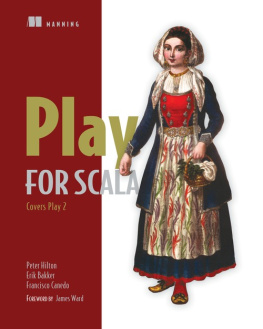

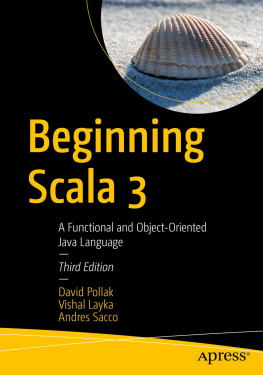
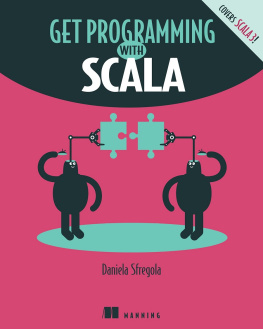
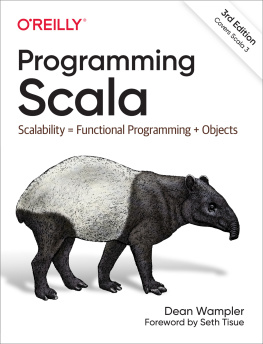
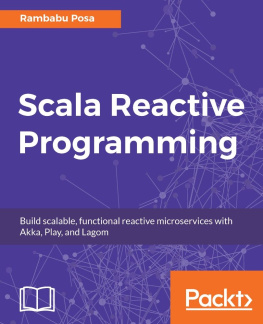
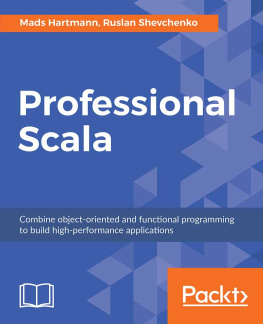
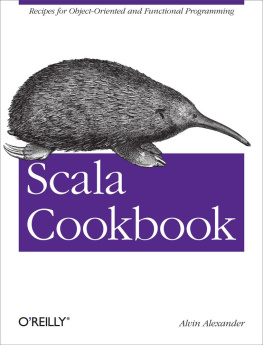
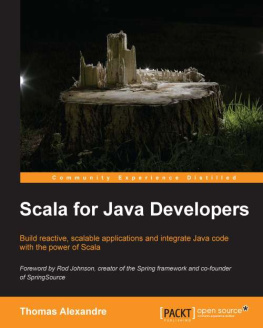
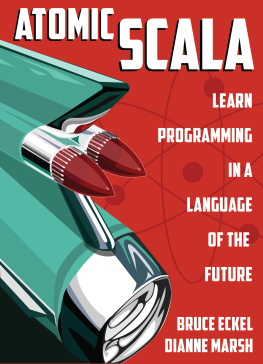
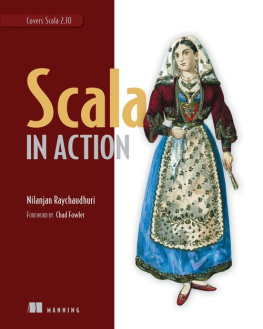
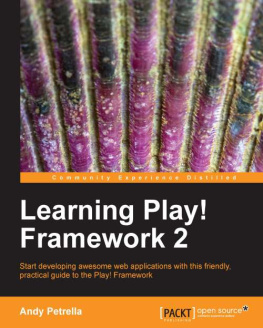

 Recognizing the importance of preserving what has been written, it is Mannings policy to have the books we publish printed on acid-free paper, and we exert our best efforts to that end. Recognizing also our responsibility to conserve the resources of our planet, Manning books are printed on paper that is at least 15 percent recycled and processed without the use of elemental chlorine.
Recognizing the importance of preserving what has been written, it is Mannings policy to have the books we publish printed on acid-free paper, and we exert our best efforts to that end. Recognizing also our responsibility to conserve the resources of our planet, Manning books are printed on paper that is at least 15 percent recycled and processed without the use of elemental chlorine.